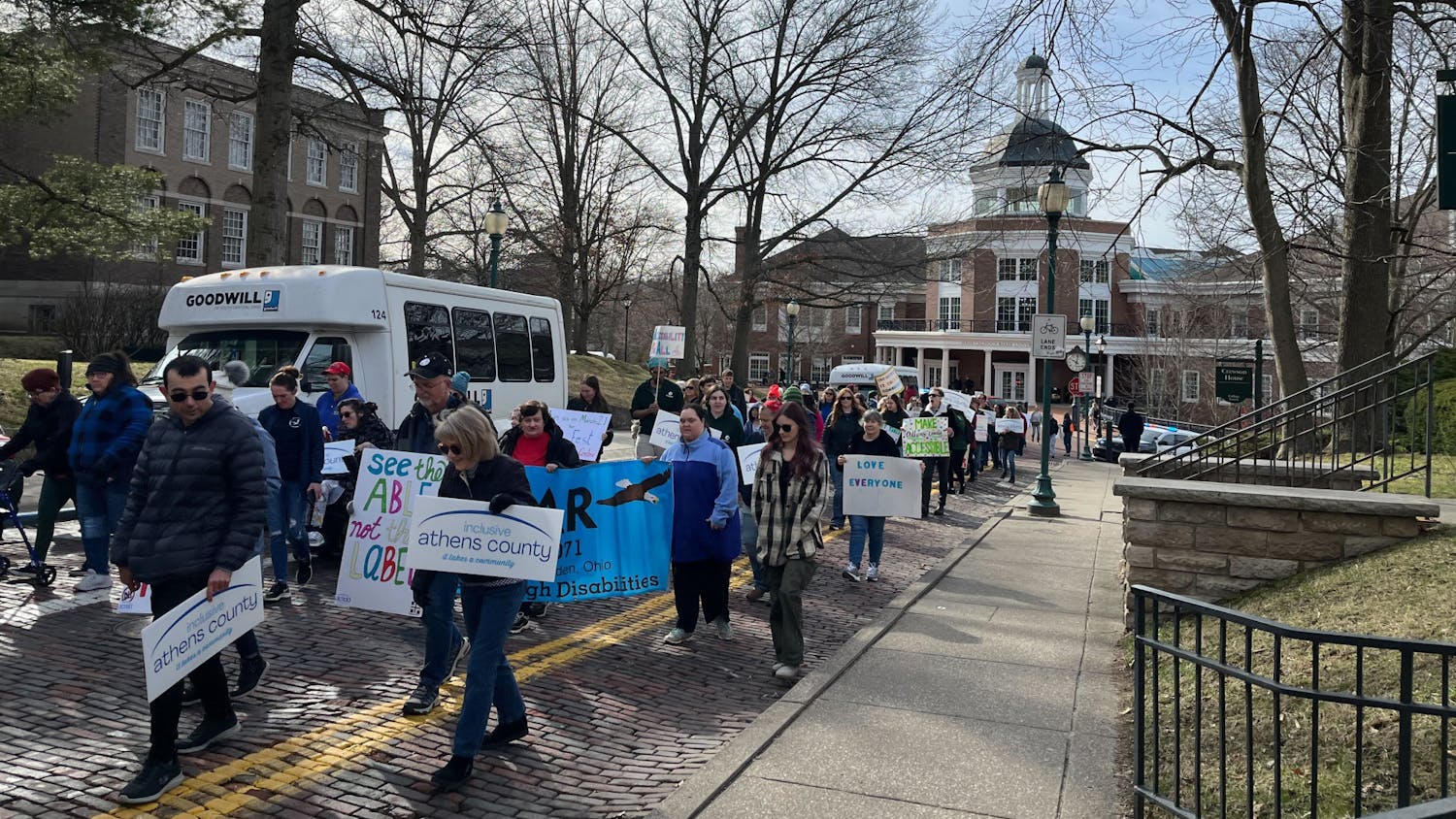This fall, Ohio University will be offering a virtual version of The Body Project to students through Counseling and Psychological Services (CPS).
This program, which has traditionally been aimed at young, female-identifying people, is an international collaborative project with a goal of challenging the appearance ideal.
In four peer-led sessions, eight participants meet for one-hour sessions in order to work on activities and perform reflections. Becky Davenport, the associate director and clinical director at CPS, said the Body Project was designed to help adolescent girls and young women resist sociocultural pressures to conform to the ideas and images of what women should look like to be considered beautiful.
“Research supports the use of the Body Project not only with those who have elevated body dissatisfaction, but also in more diverse groups of adolescent girls and young women that include those with lower levels of body dissatisfaction,” Davenport explained in an email. “In my experience, it is also helpful to those who may not identify as women, helping them question ways that appearance ideals are also not helpful to them.”
Davenport highlighted that in sessions, participants will discuss the appearance ideal, where it comes from, how to talk back to it and ways to act to counteract it in their lives. The program’s research has shown that the Body Project has been effective in reducing thin-ideal internalization, body dissatisfaction, negative mood, unhealthy dieting and eating disorder symptoms.
Kate Hibbard-Gibbons, a psychology resident within CPS and coordinator of OU’s Body Project, noted that a large part of the Body Project is fun and interactive. Participants will take part in role-play activities and will be assigned homework at the end of each session in order to help them develop a further connection to the information and their self-awareness.
“The participants gain a sense of community and they learn there are other ways to view their body and the bodies of female identified women around them,” Hibbard-Gibbons explained in an email. “Participants have commented that they developed a stronger voice for themselves after completing the program and felt more equipped to advocate against the appearance ideal.”
However, the Body Project isn’t just for those who have intense body dissatisfaction or symptoms of disordered eating. Rachel Mangold, a well-being and fitness graduate assistant, has been involved with the Body Project for over two years at Ohio State University. She explained that while participants were taught how to reframe their thought processes about what is and is not beautiful, she was able to see the wonderful impacts that the program can have on members.
“I have had the privilege of seeing perspectives change, to witness enormous growth of self-confidence, and to see female-identifying individuals really challenge and critique the messages surrounding body ideals for the first time in their life,” Mangold explained in an email. “It is not a one-stop-shop and the fight against the negative ideals and unrealistic expectations society places on us will be on-going. However, it provides tools to handle the challenge more effectively and positively.”
While participation is free, spots for the Body Project are limited in order to ensure that everyone has a safe space to share their thoughts and to encourage discussion-based intervention. The three interventions this fall have been filled, but there will be future intervention opportunities this coming Spring Semester.






